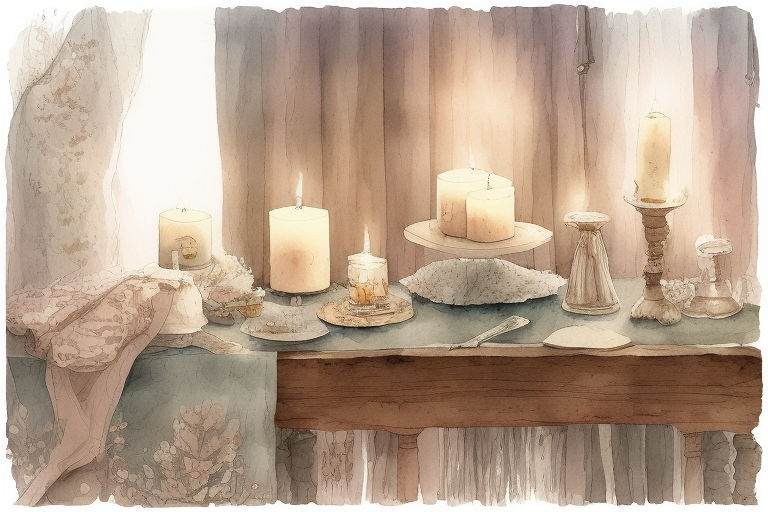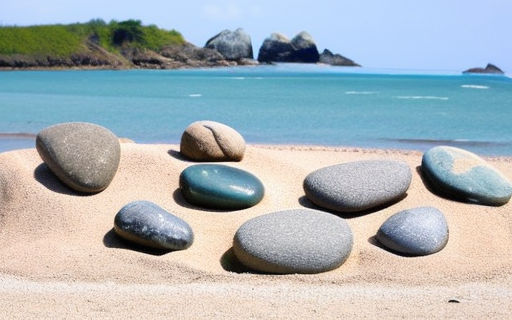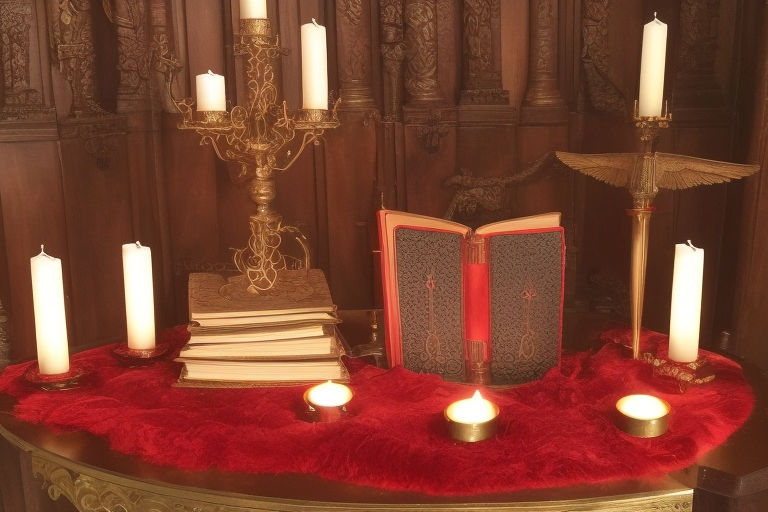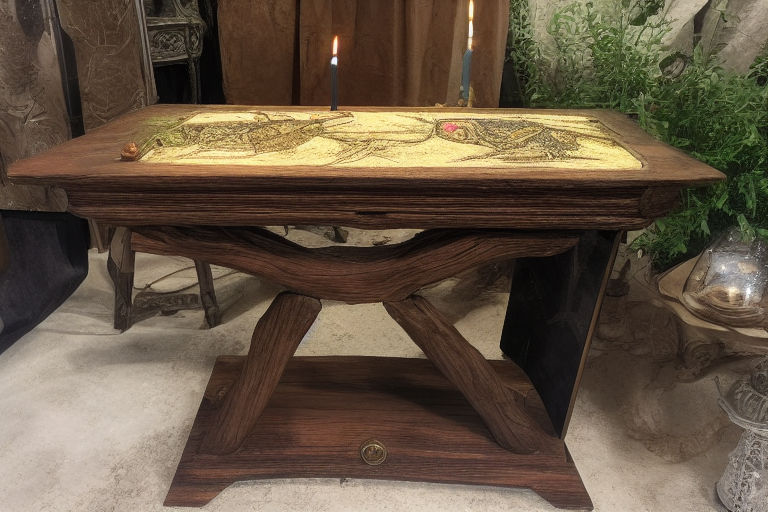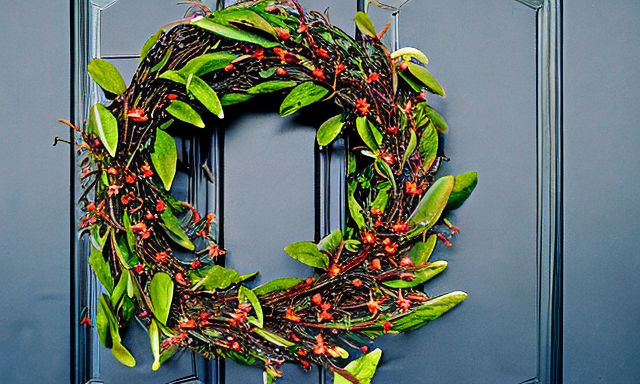Herbs For Samhain
There are several herbs that are considered sacred during the Samhain season, and you can use them for a variety of rituals. Some of these herbs are Rose essential oil, Peppermint, Mandrake, and mandrake roots. However, the herbs that are traditionally associated with Samhain are not the same everywhere. If you are unfamiliar with any of them, you may want to research them first.

Rose essential oil
Rose essential oil is an essential component of rituals surrounding Samhain, which is a pagan holiday held from October 31st to November 1st. This holiday commemorates the dead and is considered a transitional time in the year. Its scent can help invoke the spirit world and help us communicate with our ancestors. Rose water can be poured on ancestor altars and rose essential oil can be sprinkled on ancestor candles. The scent of roses is particularly enhancing for the Samhain season, when black and orange roses are used to honor the dead.
Rose is considered a remembrance plant, and many pagans use it on their altars as a symbol of their ancestors. It is also acceptable to use it as an incense, and it can be used to cleanse altars. It is also often used in a bundle and placed in front of the door to keep away evil spirits.
Rose essential oil is commonly used in aromatherapy, and it is used to help relieve anxiety and insomnia. It is also a powerful magical tool. Many aromatherapy oils contain artificial ingredients. It is therefore important to buy certified, pure essential oils from a trusted source. Make sure you purchase the essential oil in a dark glass bottle.
Other herbs used in herbal remedies for Samhain include belladonna, which is associated with the Green Man. It also aids in releasing old loves and protects from accidents. It can also be used for astral projection. Flax seed, otherwise known as linseed, is another useful herb for Samhain spells. It is often used in money, healing, and beauty spells, and it also aids in faery magic. Other herbs that have special associations with Samhain include Fleawort, Fumitory, and Galangal Root.
Mandrake roots
There are many uses for mandrake roots. You can use them as poppets and decorate them to resemble a target. You can display them for three days and then sprinkle them around your home. You can also use them to make ritual incense and offerings for Samhain.
Many people use mandrake roots to ward off evil spirits. It has been used for ages as an aphrodisiac and protective herb. However, be careful when picking the root as it can cause you to fall ill or die. You can plant it around your home, around your entrance, and under your doorstep. Mandrake roots are also used in hoodoo rituals, and some people believe they should be carried in a dollar bill.
Traditionally, Samhain is the end of the Celtic year and the beginning of the new year. It is celebrated over three days and marks the transition between the two seasons. Samhain is the shortest day of the year and is often equated with the end of the harvest season. It is also a time for reflection and dreaming.
In Celtic culture, Samhain was celebrated by the Druids. The Celts would burn huge bonfires and celebrate Samhain with huge celebrations. In Roman times, Samhain also marked the beginning of the wheel of the year. Roman practices of harvesting were also adopted by the Celts and feasting became an integral part of the festival. Eventually, Christian Rome demonized the traditions of the ancient Celts, and Samhain was replaced by All Souls Day, where the dead were honored and saints celebrated.
For Samhain rituals, the roots of Mandrake are burned as incense. These herbs should be used with caution. Those who are unsure of their medicinal properties should consult with a herbal practitioner before using them. Some herbalists believe that the roots can help with sleep.
Peppermint
As the upcoming Sabbat draws near, many pagans choose to use certain herbs for their rituals. Rosemary, for example, has long been associated with the spirit world and is commonly used as an altar flower. It is also accepted as an incense and is often used to cleanse altars. It is also useful to hang bundles of rosemary in front of the front door to ward off harmful spirits.
The celebration of Samhain also includes lighting bonfires, making meals with food that comes from recent harvest, and honoring the dead. Traditionally, people would dress in costume to confuse the evil spirits, and they would leave offerings for the aos si, which are the spirits and fairies that protect us during the winter. The holiday has its roots in the Celtic tradition of rebirth, and it’s celebrated all over the world, even in the United States. Various herbs are used to create ritual incenses, offerings, and ritual foods.
Peppermint has many medicinal uses and is very useful for colds. It is cooling and warming, and is effective for clearing the lymphatic system. It is also good for bronchitis, asthma, and heart palpitations. It is also useful for sore throats and can also be used as a tea.
Peppermint can stimulate the senses, and is useful for reducing anxiety and depression. It can also clear a room of negative energy. It can stimulate a person’s psychic senses, and can be used in incense blends for this purpose. Peppermint is also used to invoke the powers of Jupiter and Mercury, which are associated with good luck.
Peppermint has a variety of health benefits, including improving digestion and absorbing nutrients. A healthy digestive system leads to a healthy immune system and ensures proper nutrients are delivered to the blood and organs. It has also been traditionally used to treat gallstones, kidney stones, and stagnant liver. In addition, it helps to clear brain fog. It also helps to stimulate lymphatic activity and improve circulation.
Mandrake
One of the most important herbs for Samhain is mandrake. It has many properties and has been used for thousands of years. Its root is used in exorcisms. It is poisonous to demons and ancient priests would place a piece under a victim’s tongue to drive the essence out. Mandrake is one of the most potent herbs for love magick. It was once the main ingredient in witches’ love philtres.
The Celtic festival of Samhain is an important holiday in witchcraft. It commemorates the dead. It is associated with the Celtic year, marking the end of summer and the beginning of winter. Many plants associated with Samhain have specific healing and magical properties, and they provide potent opportunities for divination. They have been used to contact the dead, ancestors, and Land Spirits.
In addition to being one of the herbs for Samhain, mandrake is also a popular medicinal herb. It can be used to treat many diseases. It can also be used to treat depression and nervous tension. Those looking for a natural way to fight off evil should seek help from an experienced herbalist. Ellen Evert Hopman is a professional herbalist, and has presented at workshops and schools across the United States. She is also a Druidic initiate, having been ordained in 1984. She is a founding member of the Order of the White Oak and a bard of the Gorsedd of Caer Abiri.
Besides Mandrake, other herbs used for Samhain include Feverfew, which helps with poor health. It is also good for protection and helps with astral projection. It is also used for money spells, healing rituals, and beauty spells. Angelica, also known as Archangel, is a powerful protection herb. It also aids in creating harmony and courage.


